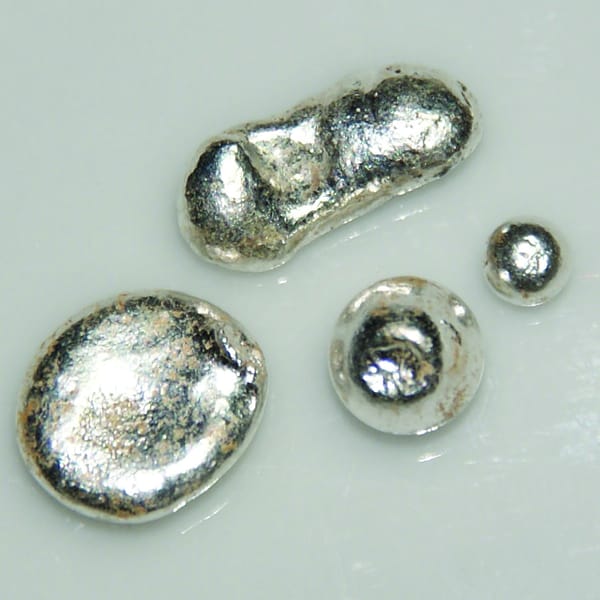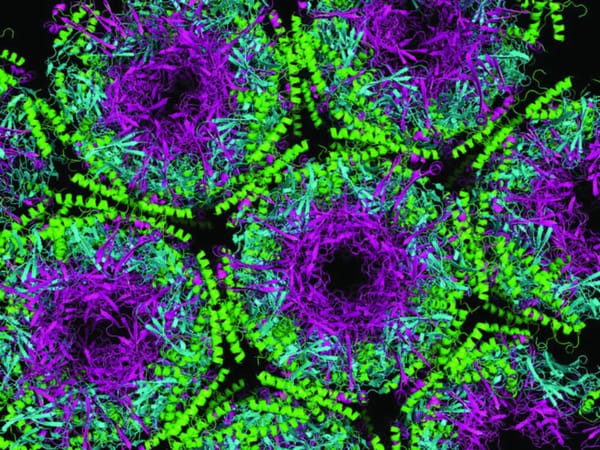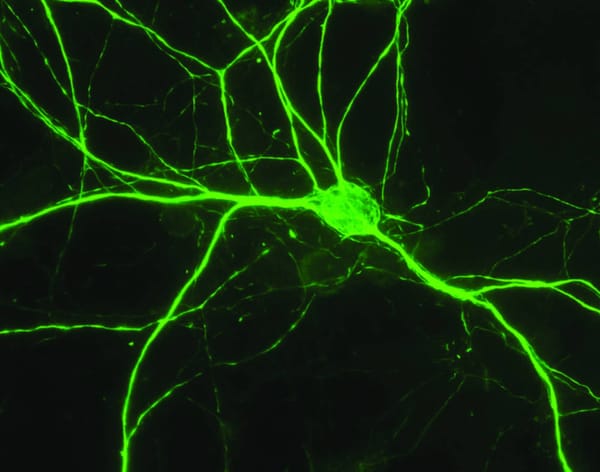First GM monkeys born in China
Chris Yates on the potential of the technique that made cute custom monkeys
A gene-editing technique that has taken the world by storm over the past year has for the first time been carried out in primates, hinting at the potential for more accurate models of human diseases like Alzheimer’s. The CRISPR/Cas9 method is based on a naturally occurring phenomenon in bacteria, which acts as an antiviral immune system by using short stretches of RNA to target viral genomes for destruction. Because the Cas9 protein responsible for cutting the DNA is guided to its target by RNA, the sequence of the RNA can be specifically designed to cut a specific part of the genome, allowing specific genes to be targeted. Once cut, the gene can be knocked out or replaced with a slightly different copy. The ease with which this method can be used to knock out genes, or to replace faulty genes with healthy copies, has led to many potential applications, including in biotechnology and food production. A recent publication created over 18,000 human cell lines, each with a different gene removed, while the time taken to produce a mouse with a gene knocked out has been slashed from months to a matter of weeks. Mice are commonly used for investigating human disease, but in many cases the biological systems are too different to act as a meaningful model. This is particularly true in neuroscience, where research into disorders such as autism and schizophrenia relies on behavioural analysis, which can be difficult in mice. These latest results, published in Cell, show for the first time that this mechanism works in whole primates, not just in cell lines. This development brings about the potential for knocking out specific genes in primates, giving more realistic models of human disease. By targeting genes involved in diseases such as Parkinson’s disease, our understanding of how this disease develops and how it may be treated could be greatly increased. However, using primates brings with it many problems. Keeping a primate is much more expensive and time-consuming than housing mice, and researchers working on non-human primates have regularly been the target of anti-vivisection protestors. While it is possible for a single institution to contain mouse models for many diseases, each with a different gene removed, it is hard to imagine many universities having the space or budget to house many non-human primate models. It remains to be seen just how the new technology affects the use of primates in research. Currently available methods for knocking out genes in primates rely on infection with a virus, giving unpredictable and inefficient results. This new technology give a more accurate, cheaper and faster way of removing genes, which could make primate research much more efficient. An alternative to using primate models is to grow human cells or tissues in the lab and target these. Whilst these will not fully recapitulate the disease as seen in the whole body, the fact that they are made up of human cells is a huge advantage, helping to avoid many of the ethical problems posed by animal models and potentially giving a more realistic model of the disease. DOI: 10.1016/j.cell.2014.01.027








